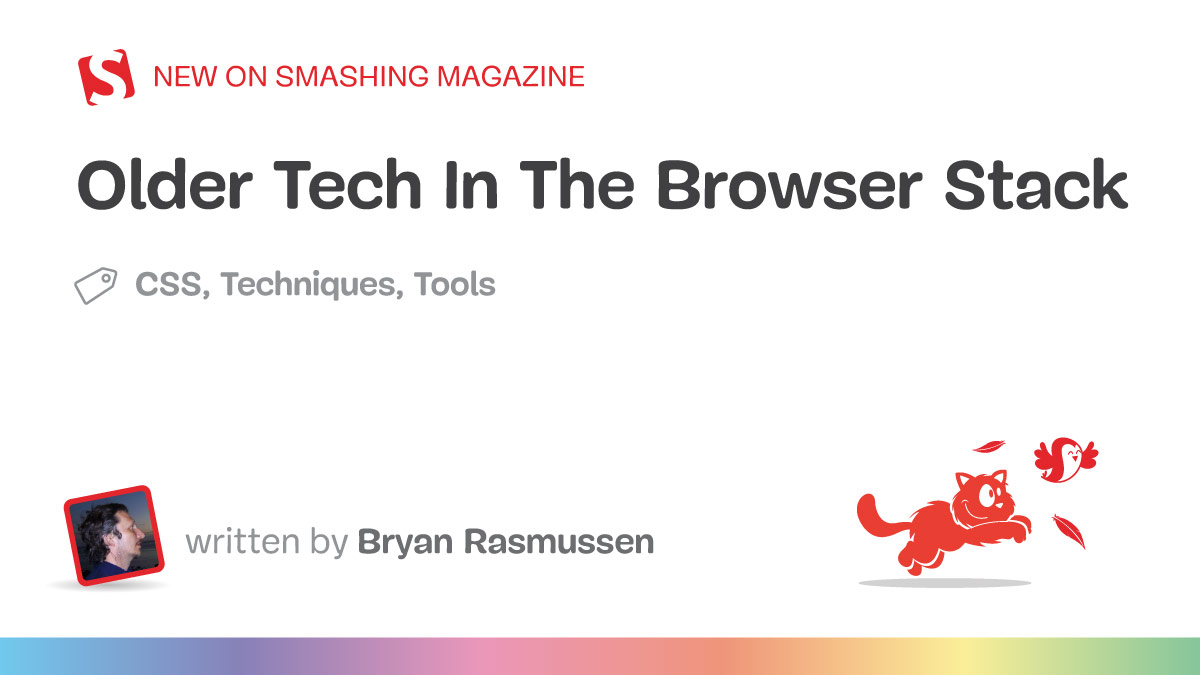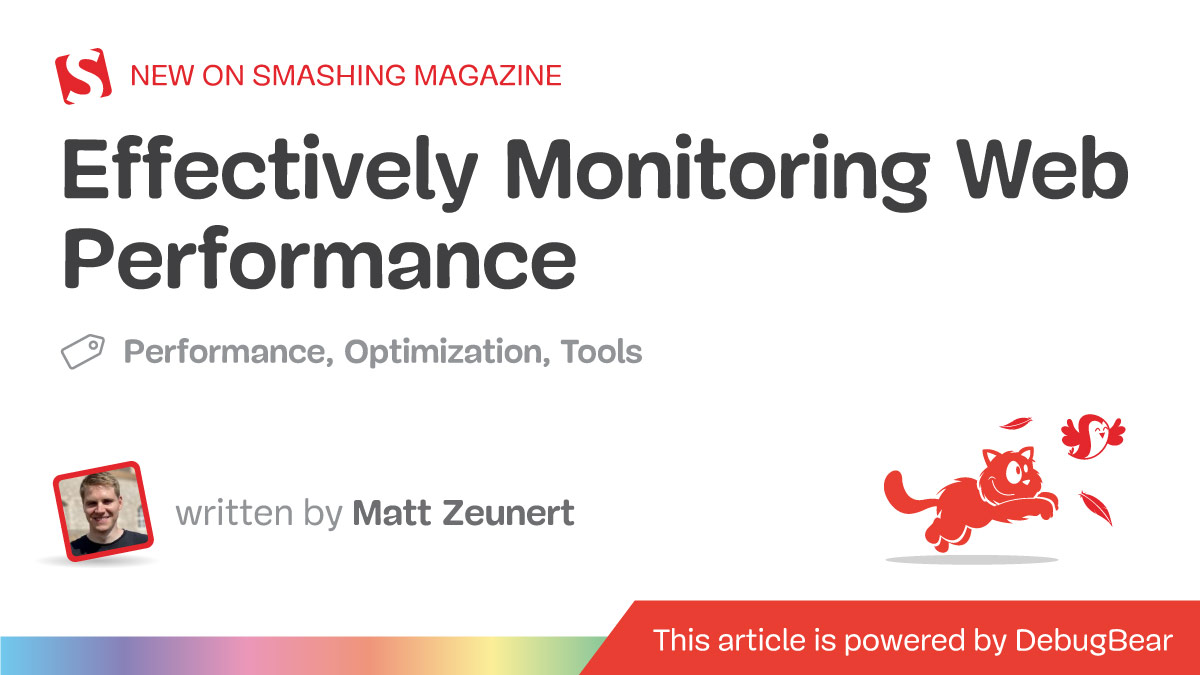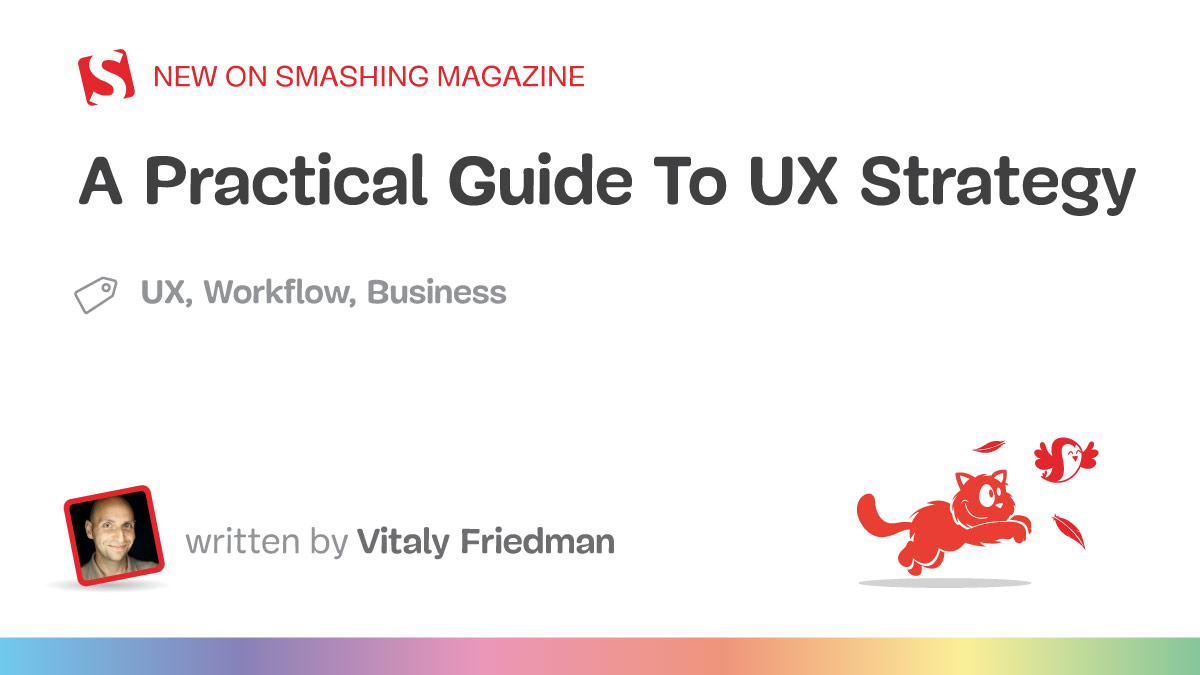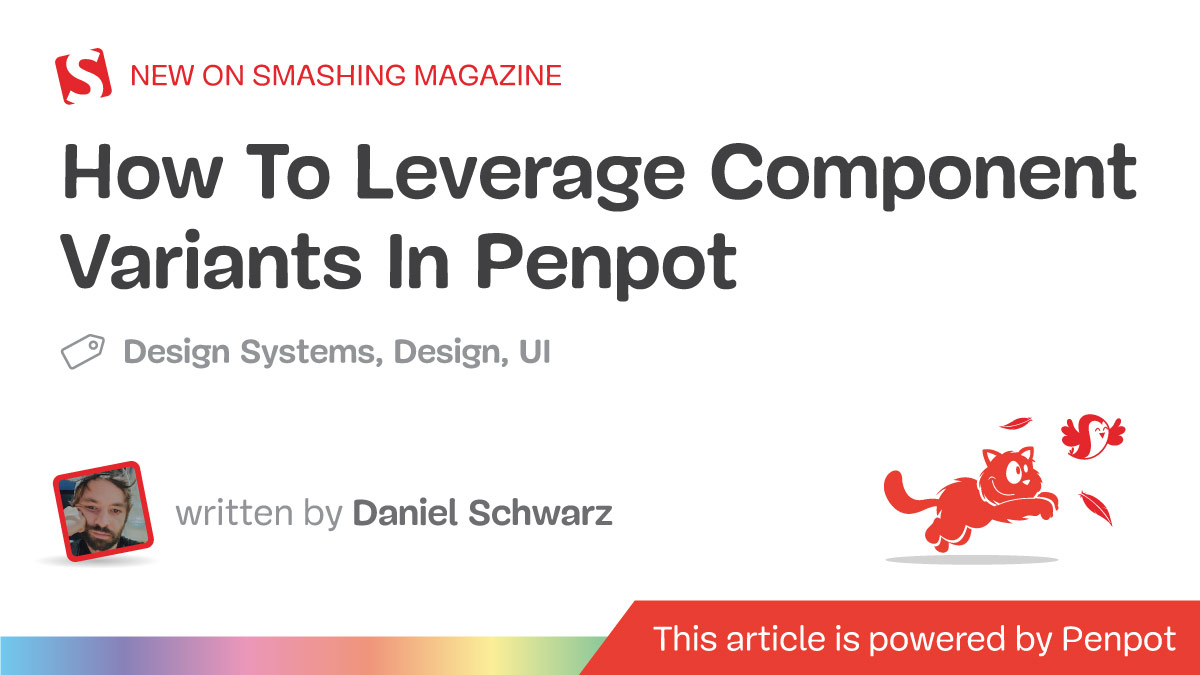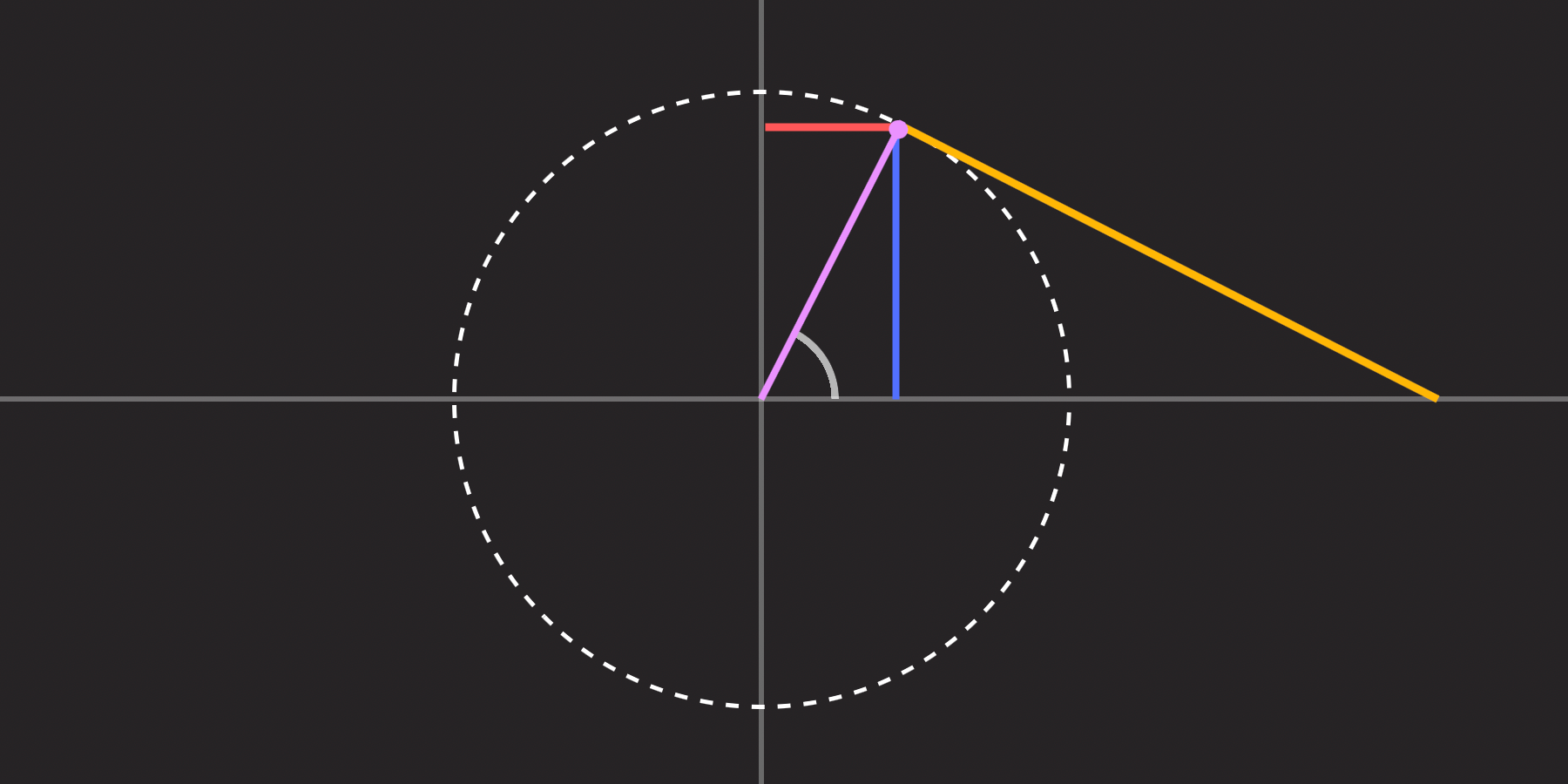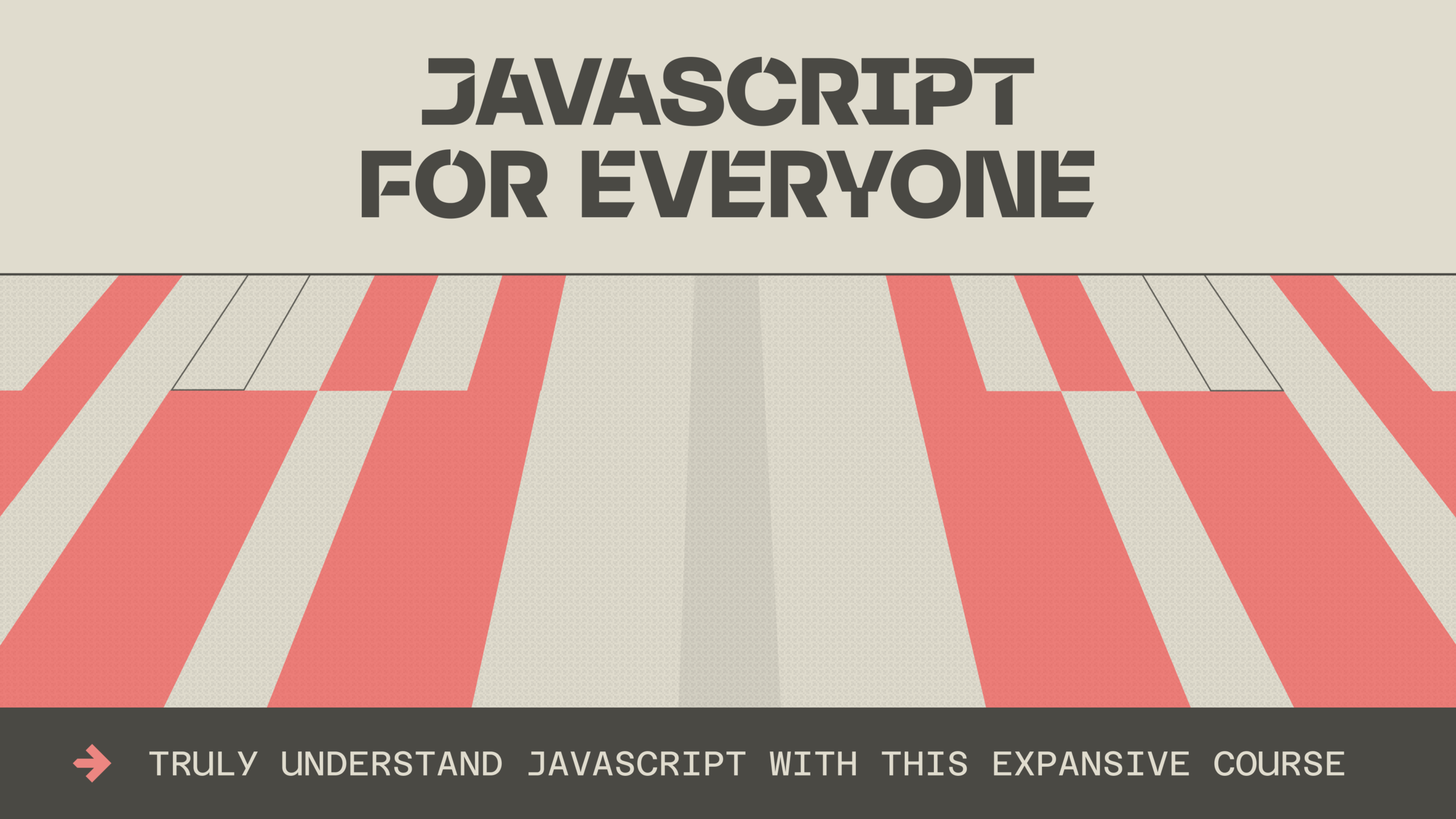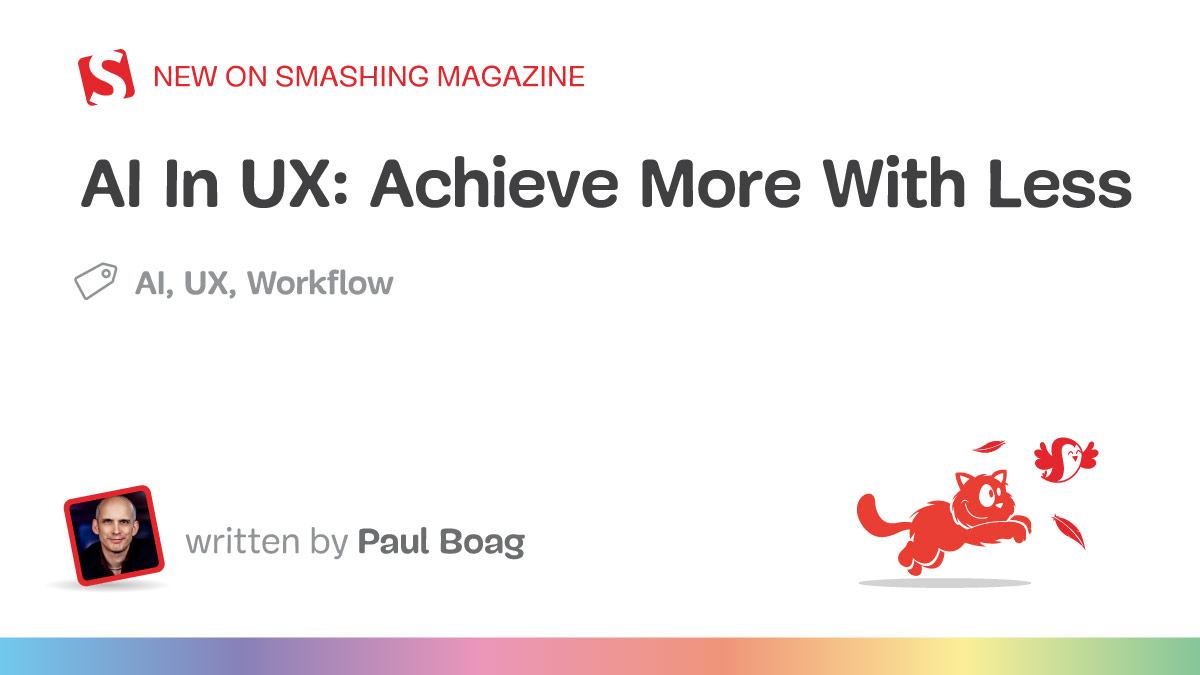-
Open
From Pixels to Predictions: How GPUs Started Powering Modern AI
 When people think of artificial intelligence, they imagine complex models, data centers, and cloud servers. What most don’t realize is that the real engine behind this AI revolution started in a place few expected: inside the humble gaming PC. The ...
( 7
min )
When people think of artificial intelligence, they imagine complex models, data centers, and cloud servers. What most don’t realize is that the real engine behind this AI revolution started in a place few expected: inside the humble gaming PC. The ...
( 7
min )
How Bluetooth Socket Settings Power Android’s Low Power Island: A Friendly Deep Dive into AOSP’s Hidden Energy Saver
 Picture this: you’re sitting in a café with your laptop open, phone on the table, smartwatch buzzing every few minutes, and Bluetooth earbuds playing music. From your perspective, life is peaceful. From your phone’s perspective, it’s juggling a ridic...
( 14
min )
Picture this: you’re sitting in a café with your laptop open, phone on the table, smartwatch buzzing every few minutes, and Bluetooth earbuds playing music. From your perspective, life is peaceful. From your phone’s perspective, it’s juggling a ridic...
( 14
min )
The Secret Life of Your CPU: Exploring the Low Power Island in Android Bluetooth
 If your phone were a person, it would probably be that overachieving friend who cannot sit still. The kind who insists they are relaxing while secretly running errands, replying to messages, and checking the weather at the same time. Inside your Andr...
( 15
min )
If your phone were a person, it would probably be that overachieving friend who cannot sit still. The kind who insists they are relaxing while secretly running errands, replying to messages, and checking the weather at the same time. Inside your Andr...
( 15
min )
How to Keep LLM Outputs Predictable Using Pydantic Validation
 Large language models are powerful, but they can also be unpredictable. They might generate long explanations when you expect a short summary, skip fields in a JSON output, or change the format completely from one request to another. When you’re buil...
( 7
min )
Large language models are powerful, but they can also be unpredictable. They might generate long explanations when you expect a short summary, skip fields in a JSON output, or change the format completely from one request to another. When you’re buil...
( 7
min )
What is TOON? How Token-Oriented Object Notation Could Change How AI Sees Data
 JSON, or JavaScript Object Notation, was popularized by Douglas Crockford in early 2000. Since then, there’s been no looking back. JSON has become the standardized data exchange format between client and server technologies. JSON was built for humans...
( 8
min )
JSON, or JavaScript Object Notation, was popularized by Douglas Crockford in early 2000. Since then, there’s been no looking back. JSON has become the standardized data exchange format between client and server technologies. JSON was built for humans...
( 8
min )
System Design Patterns in Android Bluetooth [Full Handbook]
 If you’ve ever opened the Android Bluetooth source code, you might know this feeling. You go in with the calm confidence of a developer who just wants to understand how things work. You open BluetoothAdapter.java and think, “Ah, this looks clean.” Th...
( 31
min )
If you’ve ever opened the Android Bluetooth source code, you might know this feeling. You go in with the calm confidence of a developer who just wants to understand how things work. You open BluetoothAdapter.java and think, “Ah, this looks clean.” Th...
( 31
min )
How to Solve 5 Common RAG Failures with Knowledge Graphs
 You may have built a Retrieval-Augmented Generation (RAG) pipeline to connect a vector store to a powerful LLM. And RAG pipelines are incredibly effective at grounding models in factual, up-to-date knowledge. But if you've worked with them long enoug...
( 15
min )
You may have built a Retrieval-Augmented Generation (RAG) pipeline to connect a vector store to a powerful LLM. And RAG pipelines are incredibly effective at grounding models in factual, up-to-date knowledge. But if you've worked with them long enoug...
( 15
min )
Learn Discrete Mathematics
 Discrete mathematics plays a key role in machine learning and algorithms. You can use it to find the shortest path (graph theory), encrypt files, compress data, and to do many other things. We just posted a discreet mathematics course on the freeCode...
( 4
min )
Discrete mathematics plays a key role in machine learning and algorithms. You can use it to find the shortest path (graph theory), encrypt files, compress data, and to do many other things. We just posted a discreet mathematics course on the freeCode...
( 4
min )
Build Complex Workflows with n8n & Master AI Integration
 n8n is an open-source workflow automation platform that lets you connect different apps, APIs, and services to easily automate tasks without needing to implement extensive code. We just posted a course on the freeCodeCamp.org YouTube channel that is ...
( 4
min )
n8n is an open-source workflow automation platform that lets you connect different apps, APIs, and services to easily automate tasks without needing to implement extensive code. We just posted a course on the freeCodeCamp.org YouTube channel that is ...
( 4
min )
-
-
Open
-
Open
-
Open
-
Open
-
Open
-
Open
-
Open
-
-
Open
-
-
Open
-
Open
-
Open
 When people think of artificial intelligence, they imagine complex models, data centers, and cloud servers. What most don’t realize is that the real engine behind this AI revolution started in a place few expected: inside the humble gaming PC. The ...
( 7
min )
When people think of artificial intelligence, they imagine complex models, data centers, and cloud servers. What most don’t realize is that the real engine behind this AI revolution started in a place few expected: inside the humble gaming PC. The ...
( 7
min )









